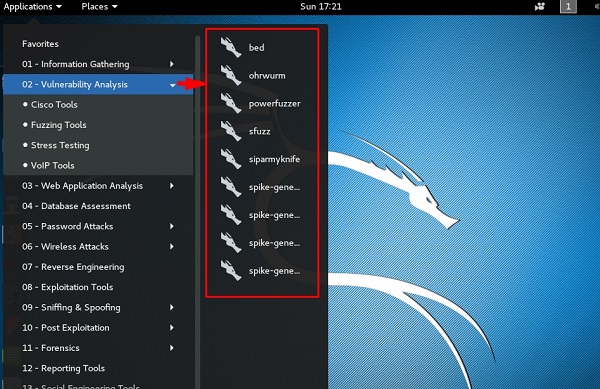Our solution allows operators to have a permanent setup of Remote test Points (RTP) to monitor QoE/QoS and get alarm notifications of VIP or high ARPU customer locations.
Cell tower QoE Monitoring and Cell tower outage of high ARPU customer locations. For example, small cells, Cloud RAN or DAS that are providing indoor coverage to multi-storey buildings, warehouses, shopping malls. This can be achieved by setting up RTP (Remote test points) and get real-time notifications when voice and data services degrades.
Monitor rural cell towers with RTPs, perform on demand remote tests with our cell site solutions which save costs and time on field visits.
For example, cell tower software upgrades or optimization requires post service validation by performing test calls. In such cases, RantCell solution provides an option to initiate test calls on remotely located smart phones in RTP.
Monitor enterprise and VIP sites, including small cell solutions deployment for QoE.
RantCell solution supports more than 1000+ customer locations simultaneously.
- Terminal Server Stress Test Tool Set
- Server Stress Test
- Terminal Server Stress Test Tool Test
- Web Server Stress Test


QTest Windows Robot (WR) enables organisations to understand the performance of their thick client / desktop applications deployed via Terminal Server or Citrix infrastructures. It enables IT to evaluate how many users can use the system at one time, how many transactions the system can handle while under realistic load and how quickly the application will respond to its users and therefore how suitable the applications performance is to the organisation’s needs.
Solution Yes, the SQLQueryStress tool provided by Adam Machanic can be used to apply additional stress when testing your stored procedures. This tool can also be used to apply a dataset as random parameter values when testing your stored procedures.
- The “Paint-Stress” GPU test is enabled by default and the “HD-test” and a more aggressive CPU test which will push your processor towards 100% (the standard test used about 60% of a dual core CPU during testing) can be enabled by the buttons at the top of the window.
- Using GTKStressTest to stress test your Linux PC Stress testing with GTKStressTest is quite simple, thanks to its thoughtful, well laid out UI. To start the stress testing process, open up the app on your Linux desktop by searching for it in the app menu. Then, follow the step-by-step instructions below.
- SlowHTTPTest is one of the most popular web-stress applications used to launch DOS attacks against any HTTP server. This type of security tool focuses on sending low-bandwidth attacks to test your web-server health and response times. It includes statistics of all your tests and allows you to run multiple types of attacks such as: Apache Range.
QTest WR is the latest capability to be added to QTest. While QTest is already one of the best quality performance testing tools on the market, QTest WR enables performance testers and quality assurance professionals to record and capture end user actions on desktop thick client, RDP , Citrix based applications replay then en-masse to simulate realistic load scenarios.
Thick client Performance testing
Performance testing like this is quite different to web performance testing which works on the protocol layer of the application, essentially emulating traffic that will come from a browser, smart client or mobile app. QTest natively works like this for web applications and has the capability to manage all the complexities that arise when testing at the HTTP level, such as session management, parameterisation and correlation etc. However to test thick client applications at the protocol level can be far more complex, furthermore there are more considerations to account for when testing thick client remote desktop and Citrix hosted applications that would not be covered by emulating traffic from those clients alone. Unlike the web model where one user has one browser on their machine or device, one RDP or Citrix server will have multiple instances of client applications running on it, so client performance suddenly becomes an issue.
Of course to make these scenarios realistic each user must have its own personality so each user session must have the ability to deviate from exactly what was seen during the recording process. For this case the QTest WR script can be data driven and can be customised to include conditional logic. The QTestWR script is automatically produced in the recording session by listening to GUI actions that the real user takes. Any professional performance tester will tell you that simple record playback is not enough, the script must be customisable. This is why our scripting language is Visual Basic for Applications (VBA) so that instantly most IT / QA Testers will be able to work with it.
Terminal Server Stress Test Tool Set
Benefit of QTest Windows Robot
QTest WR capitalises on all the benefits that come with QTest such as broad monitoring, automatic anomaly detection, automatic and customisable reporting, a robust framework to support distributed load generation across LAN’s or WAN’s and the ability to view performance in real time as the test is running. QTest WR uses robots to simulate real user load against applications as real users would and having the real client of the application under test to generate load, rather than emulating it. It uses recorded sequences of mouse clicks and keystrokes while checking responses from the application to evaluate how quickly the application is responding and that it is responding correctly.
Server Stress Test
An Example
An example of QTestWR Terminal Server & Citrix Performance Testing solution – VIDEO : Recording and Playing Back a Script


Download
Terminal Server Stress Test Tool Test
Download the datasheet Citrix Performance with QTest WindowsRobot
Web Server Stress Test
This post is also available in: French